A map of the wine regions in France is much more than just lines and place names. It shows how the soil, weather, and locations work together to shape France’s famous wines. Such a map answers the question, “Where are French wines made?” by pointing out the many different growing areas, from sunny spots near the sea to cooler places up north. Anyone who wants to better understand French wines can use these maps as a helpful starting point-they highlight the very places where certain grapes do their best and where special types of wine come from. Put simply, a French wine map helps you see just how varied and important France is in the world of wine.
Looking at one of these maps helps wine lovers and experts figure out why some grapes are grown in certain places and why those locations matter to the taste of the wine. A map lays out the basic facts of France’s wine traditions, showing why French winemaking is tied so closely to the land and climate. You’ll see, for example, how Bordeaux makes its well-known red wines or how Champagne gets its bubbles.

Wine regions of France: what does the map show?
A map of France’s wine areas is not only a picture of where the regions are: it highlights the places where grapes grow and wine is made. Instead of just showing borders between cities or counties, these maps focus on areas built around special growing conditions. They help people see just how wide and varied France’s wine making is-France makes up to eight billion bottles of wine each year across two million hectares of vineyards.
These maps break down the story of French wine, making it clear why France is still a leader when it comes to wine styles worldwide. You can follow along from the huge vineyards of Aquitaine and Languedoc to the smaller, linked vineyards in the Rhône Valley and out to Provence. They show how differences in land and weather let France create so many kinds of wines, and how this history is spread out across the countryside.
How is France divided into wine regions?
France is split into several wine regions, and each one has its own character, influenced by things like climate, type of soil, hills or flat land, and old winemaking traditions. These divisions aren’t random-many follow natural features that affect how grapes grow. For example, areas up north like Champagne and Alsace are known for their white wines because they are cooler, while southern places like Bordeaux, Languedoc-Roussillon, and the Rhône Valley make mostly red wines, though regions like Jura and Savoie also make special whites.
These differences between the regions matter because they decide which grapes are planted, how the wine is made, and what the wine will taste like. Each region has built its own traditions over hundreds of years. For example, in Burgundy, the region’s boundaries were first laid out by monks, and these long histories still shape winemaking there today.

What details do French wine region maps include?
A good French wine map gives lots of detail. It doesn’t just draw region borders-it often shows smaller areas within the regions, big cities, and highlights famous spots like Côte des Bar, Montagne de Reims, and Côte des Blancs in Champagne. The sub-regions might be in different colors so you can easily see where vineyard areas are spread out. These maps help you appreciate each area’s history, setting, and what makes its wines unique.
Some maps also point out important features like rivers, mountains, and lakes, since these can change local weather and the ground where grapes grow. Some even show exact locations for certain vineyards, such as Grand Cru or Premier Cru. When you look at these maps, you can learn a lot about how and why people make different wines in each part of France.
What are appellations and why are they important on the map?
Appellations, or Appellation d’Origine Protégée (AOP), are official labels that tell you which part of France a wine came from and that it follows strict rules for quality. There are 307 official AOP wine names, and an AOP might include red, rosé, or sparkling wine.
These AOP areas are marked on a wine map because they show where some of France’s best and most typical wines are made. Wines from these places must follow certain growing and making methods, use set grape types, and match local rules about taste and style. For example, on the map, you may see Bordeaux’s top areas like Pauillac, Saint-Estèphe, and Margaux, or notice Burgundy’s detailed system that goes from regional wines up to Grand Cru vineyards. These lines are more than just marks-they show off long traditions and promise a certain level of wine quality based on location.

Major wine regions of France mapped
France is made up of many wine areas, each with its own taste and background. These regions are known not just for their locations but for how they mix weather, soil, and grape types. Looking at them on a map is like taking a tour of everything French wine can offer, from well-known places to smaller, up-and-coming spots.
The main wine regions are more than just names on a map-they are built by years of hard work and changes in nature. They show that France can produce both classic and new styles of wine, each with a sense of place. Learning about these areas helps anyone better understand French wine as a whole.
| Region | Main Grapes | Main Styles | Famous Sub-Regions/Appellations |
|---|---|---|---|
| Bordeaux | Cabernet Sauvignon, Merlot, Sauvignon Blanc, Sémillon | Red blends, dry white, sweet white | Médoc, Saint-Émilion, Pomerol, Sauternes |
| Burgundy | Pinot Noir, Chardonnay | Red and white, regional to single-vineyard | Côte d’Or (Côte de Nuits, Côte de Beaune), Chablis, Mâconnais |
| Champagne | Chardonnay, Pinot Noir, Pinot Meunier | Sparkling | Montagne de Reims, Vallée de la Marne, Côte des Blancs |
| Loire Valley | Sauvignon Blanc, Chenin Blanc, Cabernet Franc | White, some red, sweet, sparkling | Sancerre, Vouvray, Muscadet, Chinon |
| Rhône Valley | Syrah, Grenache, Mourvèdre, Viognier | Reds, some whites, blends | Côte Rôtie, Hermitage, Châteauneuf-du-Pape |
| Alsace | Riesling, Pinot Gris, Gewürztraminer | White, some sparkling | Grand Cru vineyards, Crémant d’Alsace |
| Provence | Grenache, Syrah, Mourvèdre, Cinsault | Rosé, red | Bandol, Côtes de Provence |
| Languedoc-Roussillon | Grenache, Syrah, Mourvèdre, Carignan | Red blends, sparkling, sweet fortified | Corières, Fitou, Limoux, Banyuls |
| South West France | Malbec, Tannat, Colombard, Ugni Blanc | Red, white, sweet | Cahors, Madiran, Jurançon, Bergerac |
| Corsica | Nielluccio, Sciaccarellu, Vermentino | Rosé, red, white | Patrimonio, Ajaccio |
| Jura | Savagnin, Chardonnay, Poulsard, Trousseau | White (Vin Jaune), red, sparkling, sweet | Arbois, Château Chalon |
| Savoie & Bugey | Jacquère, Altesse, Mondeuse, Gamay | White, red, sparkling | Vin de Savoie, Bugey Cerdon |
| Beaujolais | Gamay | Red (light and fruity) | 10 Crus: Morgon, Fleurie, etc. |
Bordeaux
Bordeaux sits along France’s western coast. It is known across the globe, mostly for its strong red wines that blend grapes like Cabernet Sauvignon and Merlot. Bordeaux is split by the Gironde into Left Bank and Right Bank; the Left Bank focuses on Cabernet Sauvignon, and the Right Bank is about Merlot. Some of France’s best aging reds are made here. Bordeaux also makes some fresh white wines and sweet dessert wines, including those from Sauternes.
Burgundy (Bourgogne)
Burgundy is located in eastern France and is known for Pinot Noir (red) and Chardonnay (white). The vineyards here are small and divided up, with areas like Côte de Nuits and Côte de Beaune producing some of the world’s top wines. Burgundy’s system sorts wines from simple regional levels up to Grand Cru vineyards. Chablis, a part of Burgundy, is famous for crisp, unoaked white wines.
Champagne
Found northeast near Belgium, Champagne is where the original sparkling wine comes from. Chardonnay, Pinot Noir, and Pinot Meunier are the main grapes. The region is cold and has unique chalky soils. Names like Montagne de Reims, Vallée de la Marne, Côte des Blancs, and Côte des Bar help you spot where different types of Champagne start. “Blanc de Blancs” means only Chardonnay grapes. “Blanc de Noirs” is made just from the darker grapes. The traditional way of making Champagne gives it its famous bubbles.

Loire Valley
The Loire Valley goes along the Loire River and has lots of grape types and wine styles: dry, sweet, sparkling, and even some reds. Sauvignon Blanc and Chenin Blanc are the main white grapes. Areas like Sancerre and Pouilly-Fumé are famous for fresh Sauvignon Blanc, while Vouvray is known for soft, flowery Chenin Blanc. Reds, mostly from Cabernet Franc, are best from places like Chinon.
Rhône Valley
The Rhône stretches south from Vienne to Avignon and is split into Northern and Southern parts. The Northern Rhône is all about savory Syrah reds and tasty whites from Viognier. The south is famous for blended reds using Grenache, Syrah, and Mourvèdre, led by Châteauneuf-du-Pape. Some Southern areas also make white wines from Marsanne and Roussanne. The Rhône’s mix of climates means it grows many kinds of grapes and styles.
Alsace
Right by Germany, Alsace grows mostly white wines and uses grape names on its labels-common in Germany but rare for France. Riesling is the star, usually dry, with Pinot Gris and Gewürztraminer also important. Alsace’s sparkling wine, Crémant d’Alsace, is made from Pinot Gris and Pinot Blanc. The area is known for its pretty villages and wine trail.
Provence
Down on the Mediterranean coast, Provence has been making wine since ancient times. It is famous for its pale, dry rosé wines, which pair well with the region’s hot weather. The key sub-region Bandol also makes sturdy, dark reds from Mourvèdre. Other areas like Côtes de Provence make both rosé and some reds and whites.

Languedoc-Roussillon
This southern region is one of France’s biggest and was once linked with cheap wine. Now, it also makes high-quality wines that don’t cost a fortune. Most wines are blends, often based on Grenache, Syrah, Mourvèdre, and Carignan. Limoux is famous for sparkling wines. Banyuls and Maury make sweet, strong reds that last for ages.
South West France (Sud-Ouest)
This scattered area includes different climates and wine types. Cahors produces medium Malbec reds, and Madiran makes very bold, tannic reds from Tannat. Whites, like Gascogne Blanc, are made from Colombard and Ugni Blanc, and there are many other small, interesting sub-regions.
Corsica (Corse)
Corsica is an island near Italy, and both French and Italian influences show in its wines. The main grapes are Nielluccio (related to Italian Sangiovese), Sciaccarellu, and Vermentino. The rosés tend to be rich and fruity, and the whites are fresh and herbal.
Jura
Jura, between Burgundy and Switzerland, is small but stands out. It’s famous for Vin Jaune (“yellow wine”), which is a strong, aged white made from Savagnin, plus delicate reds from Poulsard and Trousseau. The area does sparkling (Crémant du Jura) and sweet wines (Vin de Paille) as well. Many of its wine styles are unlike anywhere else in France.
Savoie and Bugey
These alpine regions grow mostly white wines from grapes like Jacquère and Altesse-fresh, light styles with bright acidity. Bugey Cerdon is a slightly fizzy, tart red sparkling wine from Gamay and Pinot Noir. Both regions are small but offer distinctive mountain wines and are known for base wines used to make vermouth.
Beaujolais
Beaujolais, south of Burgundy, is dedicated almost entirely to Gamay. It’s widely known for its fresh, simple Beaujolais Nouveau, but the 10 Beaujolais Crus make much more serious, complex wines, full of floral and fruit flavors. Beaujolais Villages is a higher standard than the entry-level AOP, offering more depth.
How to read and use a French wine regions map
Reading a French wine map helps you understand more than just the geography-it lets you connect wines to their places. These maps become valuable tools for choosing wines, planning visits, or learning the stories behind different regions. Knowing how to read such maps gives you a strong base for enjoying French wines, whether you’re picking a bottle or exploring in person.
Interpreting region borders and sub-regions
Understanding where the region begins and ends, and spotting sub-regions (marked by color or name), helps you know why wines taste a certain way or have certain labels. For example, knowing the Côte de Nuits makes mostly Pinot Noir, while the Côte de Beaune in Burgundy focuses also on Chardonnay. In the Rhône Valley, noticing the divide between north (mainly Syrah reds) and south (Grenache-based blends) is equally important. Paying attention to these details helps you choose and understand wine better.
Identifying climate differences on the map
The climate is a big influence on the wines, and while maps don’t show temperature directly, you can get clues. Northern areas like Champagne and Alsace are generally cooler, so they focus on wines with high acidity and lighter style. In the south, like Languedoc or Provence, you’ll find warmer weather and riper, fuller-bodied reds or rosés. You can also look for mountains or rivers, like the Loire or the Garonne, to see which areas might be a bit cooler or have other growing advantages.
Finding wine styles by region
Each region in France makes wines in its own style based on the usual grapes and climate. Burgundy makes both rich Chardonnays and earthy Pinot Noirs. Bordeaux creates strong red blends based on Cabernet and Merlot. If you want bubbly, Champagne is obvious; for dry, herbal Sauvignon Blanc, head for the Loire Valley. The Rhône offers spicy blends, Provence is rosé territory, and Alsace specializes in fragrant, dry whites. Once you know this, a map can help you find new wines you might enjoy.
Practical tips for exploring French wine regions with a map
A French wine map is helpful not just for learning, but for travel and choosing wine. If you’re traveling, it helps plan your route so you can visit the best wineries, see small towns, and make the most of your trip. If you’re buying wine, knowing the map helps you understand a label and what to expect in the bottle.
Planning wine tours using the map
To plan a wine tour, use your map to link wineries and towns, estimate travel times, and group visits by area. In Bordeaux, for example, you can focus one day on the Left Bank and another on the Right Bank. For Champagne, maps point out Reims and its sub-regions, showing you where to stop for tastings. In the Loire Valley, you can follow the river and drop in at famous or family-run places along the way. Companies that do wine tours use these maps to make the most of your visit.

Frequently asked questions about France’s wine region maps
- Does each region focus on certain grapes?
Yes, most regions have traditional grape types, depending on what grows best there. Bordeaux is famous for Cabernet Sauvignon and Merlot (reds), and Sauvignon Blanc and Sémillon (whites). Burgundy is almost all Pinot Noir and Chardonnay. In Champagne, you’ll find mainly Chardonnay, Pinot Noir, and Pinot Meunier. Loire Valley is known for Sauvignon Blanc and Chenin Blanc; Rhône Valley, for Syrah (north) and Grenache blends (south). Alsace specializes in white grapes like Riesling and Gewürztraminer. This “specialization” has developed over centuries and helps each region show its best side. - Are all French wines covered by appellations?
No, but many of the better bottles are. Most top French wines are part of the AOP system, which follows set rules about where the wine is made and how. If a wine is not part of an AOP, it might have the less strict Vin de Pays (IGP) or just Vin de France classification. These let winemakers use other grapes or styles, but don’t tie the wine to a specific traditional place. AOP wines are the strictest and most famous, but there are good wines at all levels. - Where can I find or buy a French wine map?
You can find good wine maps from several trusted places. The Wine Scholar Guild has a selection of French wine maps, both for main areas and smaller regions. You can often download these by giving your email. Sites like Vineyards.com sell printed wine maps, and Wine Folly also makes a handy, durable French wine map. Cellar Tours provides free downloadable maps to help you plan your visit or learn more. There’s a map for everyone, whether you want a simple guide or a more detailed, study-quality version.



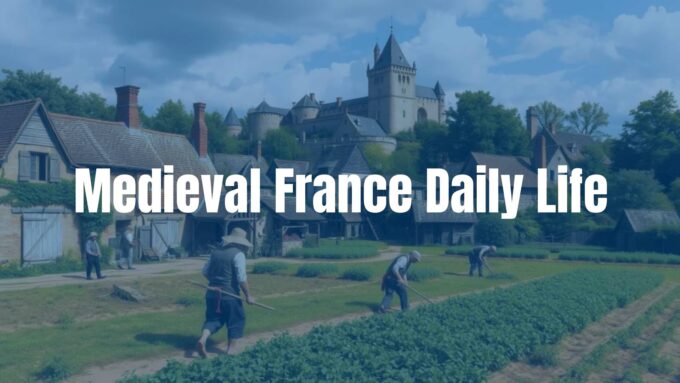
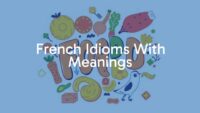
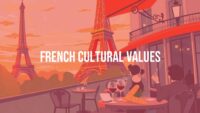
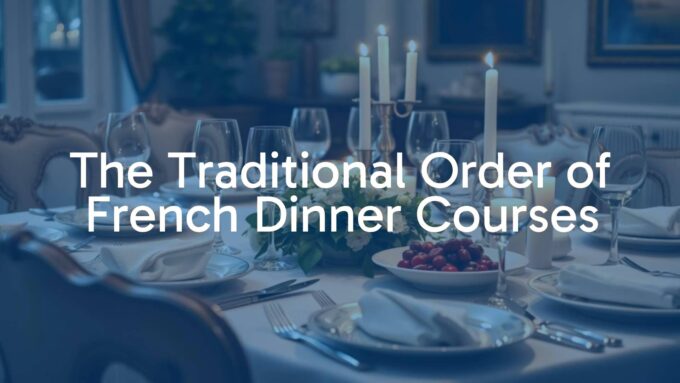
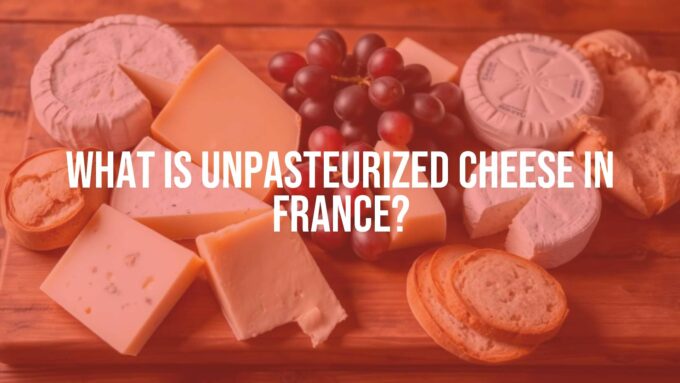
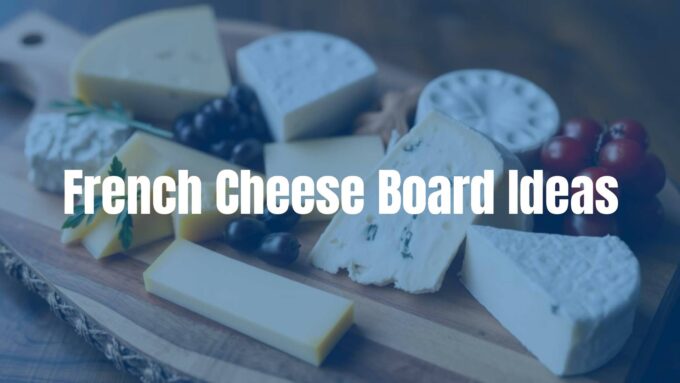
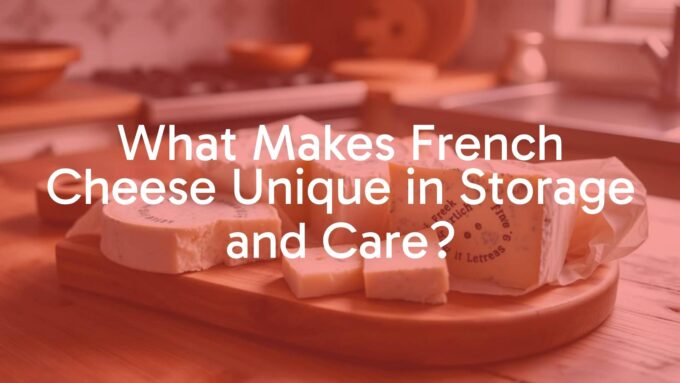


Leave a comment